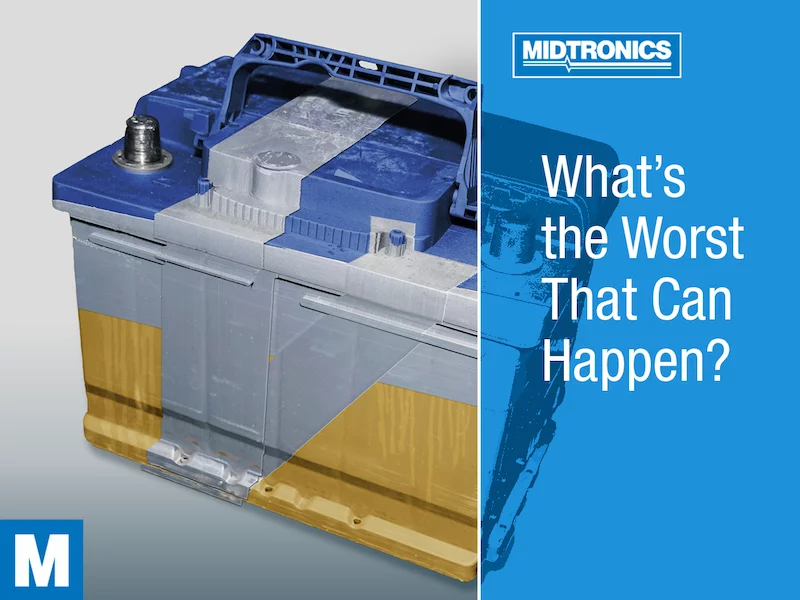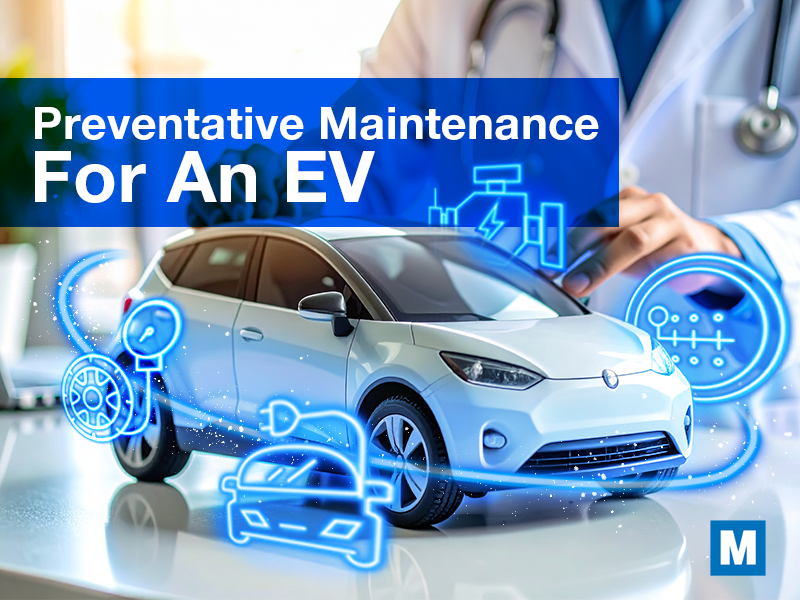Vehicles of virtually all kinds have a 12-volt system including cars, boats, some ATVs, and even electric cars. Lead acid battery technology is still the most common type in use, whether that’s a typical flooded or wet cell battery, an EFB battery, or even an AGM battery. Regardless of the type of vehicle and the battery type, maintenance remains crucial to keep the battery operating reliably.
It isn’t a secret that lack of maintenance for car batteries will affect their longevity and performance. What occurs to a lead acid battery that isn’t maintained? Here’s what you need to know.
Stratification
In flooded lead acid batteries, the electrolyte is a mixture of water and sulfuric acid. It needs to be thoroughly combined for even discharge and recharge inside the battery, but not all vehicles or operating conditions are a good environment for that type of consistency.
If a battery sits for an extended length of time, or if the battery operates consistently in a state of partial charge, it can stratify during the recharge process. The heavier acid concentrates at the bottom of the battery while the water sits on top. The portions of the plates exposed to acid work overtime while the upper portions in water are idle or inactive.
Over weeks and months, stratification leads to increased internal resistance, poor conductivity, and won’t receive a charge well, compounding the problem. Often, a battery test reveals declining cold cranking amperage.
A stratified battery can sometimes be recovered by adding an equalizing charge at the end of a normal charge cycle, but it’s best to prevent stratification in the first place with proper maintenance. That means ensuring it receives a full charge regularly to full capacity.
Sulfation
A normal byproduct of the discharge cycle of any lead-acid battery is the formation of lead sulfate crystals. However, in a healthy battery, these crystals are dispersed when the battery is recharged. But if a battery is used in a partially discharged state for some time, the lead-sulfate crystals can attach themselves to the plates inside the battery more permanently in an effect known as sulfation.
When sulfation sets in, the active material is blocked by the hardened crystals on the lead plates inside the battery, preventing the ions from passing between them. Essentially, the conductive area on the plates shrinks, and with it, the battery’s ability to hold a charge well deteriorates. Unexpectedly fast battery discharges, slow cranking with a full battery, and issues like dim lights can indicate a sulfated battery.
Some forms of sulfation can be reversed, known as soft sulfation. But if a battery has been left in a state of partial discharge for many weeks, the large crystal formations can harden and become permanent, aptly called hard sulfation. Prevention is once again the best practice, and that’s with regular full charges.
Poor Performance
A battery’s lifespan is finite, and within several years of manufacture it will degrade whether it’s used or not. Self-discharge occurs when a battery isn’t used, even without a parasitic load. But when it’s installed in a vehicle or whatever application it’s used for, a tiny load is drawn to keep memory settings or light the tiny LED indicator status light. It can draw down a battery by about 50% in two weeks or so.
Poor maintenance includes improper storage techniques too. Storing a sealed lead acid battery in freezing temperatures when it’s in a discharged state allows the electrolyte to freeze in the case damaging the lead plates and separators and creating conditions for an internal short. The case bulges, and acid can push out of vents or past the posts, causing corrosion outside of the battery too. It’s a condition that can’t be repaired or recovered.
Signs a Lead Acid Battery Hasn’t Been Cared For
To avoid issues with a lead acid battery, the best practice is to ensure it’s recharging fully and to test it frequently. But what symptoms might you detect if the battery hasn’t been maintained properly? Here are some signs.
- Corrosion on the battery terminals. Electrolyte vapors escaping between the case and terminal posts can cause buildup on the posts that prevent good conductivity between the battery and the cables. The off-gassing that causes terminal corrosion is commonly from overcharging conditions like those that happen when a battery is stratified. It can be from other causes too, like simply the reaction between two types of metal, but it’s a sign to watch.
- Flickering or dim lights. While it can be attributed to other issues like a failing alternator, flickering or dim headlights and other lights can be a sign of battery sulfation. The poor conductivity delivers inconsistent power that’s visibly evident.
- The auto stop-start cycles are short or aren’t occurring. When a battery is weak, the auto stop-start cycle won’t initiate, essentially safeguarding against the vehicle not starting in an intersection. For many vehicles, it must have a state of charge of at least 70% for a cycle to occur. Poorly maintained batteries will have less frequent cycles, and you might even notice higher fuel consumption rates as a result.
- A jump-start is required. Of course, a dead battery is a sign of poor battery health in most cases.
If these signs are evident, there’s a good likelihood that the battery hasn’t been properly maintained. In some cases, it can be recovered from stratification or sulfation, or it may require replacement. Professional-grade Midtronics battery diagnostic chargers are equipped to not just identify a weak or failed battery but they can recover batteries that can be saved.




